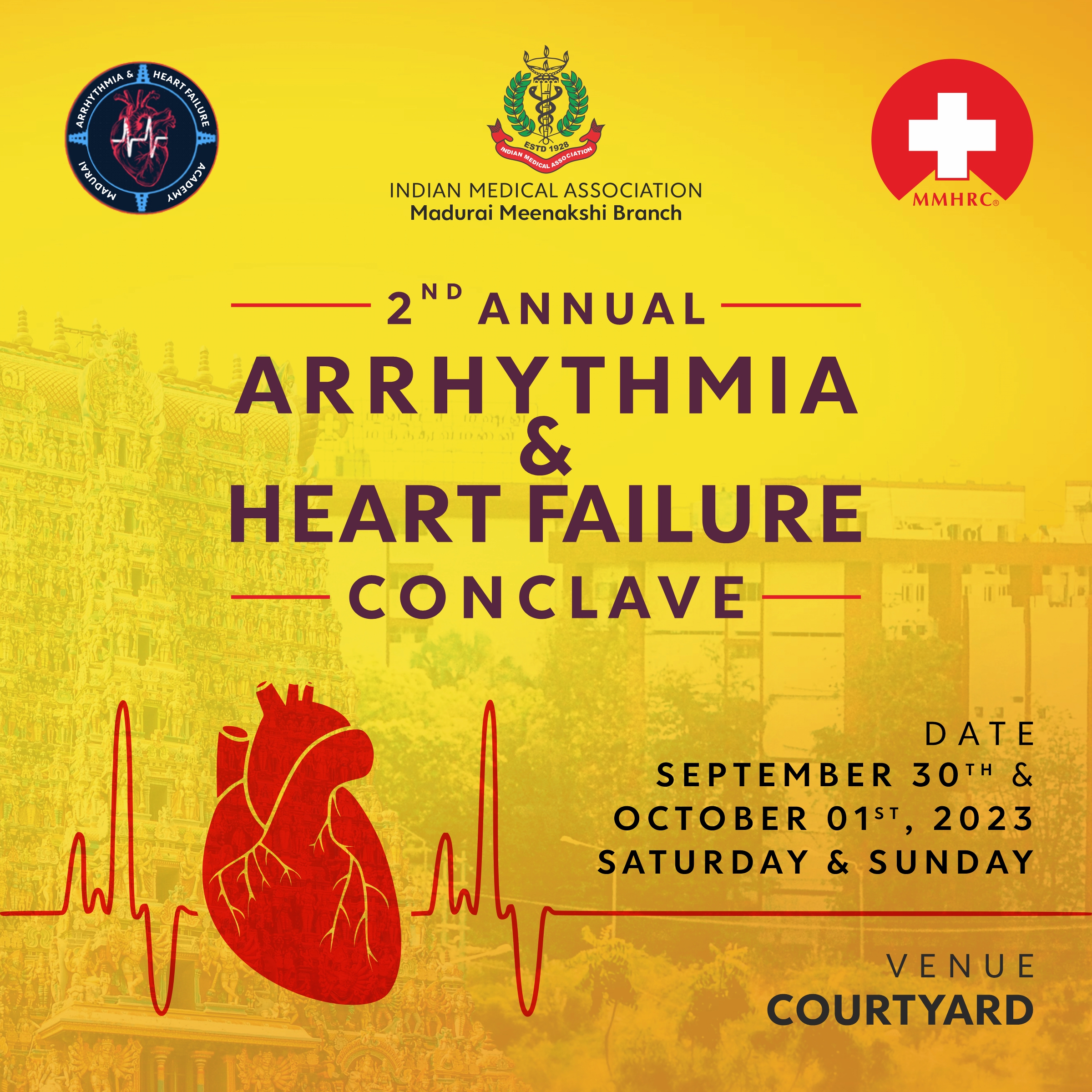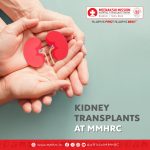Atrial fibrillation (AF) is an irregular heart rhythm that affects the upper chambers (atria) of the heart. This arrhythmia prevents blood from being pumped efficiently to the rest of the body1. AF can also lead to rapid heart rhythm, where the heart can beat as much as 300 times a minute or more in the atria and up to 150 times a minute or more in the lower chambers (ventricles).
Prevalence: AF is common: Current estimates reveal that more than 33 million individuals worldwide have AF2. In the United States alone, it is estimated that between 3 and 5 million people have AF, and that by 2050 this number will exceed 8 million.3Nearly 60 million people worldwide are affected by atrial fibrillation (AF). More than 60% of the patients experience arrhythmia of women means that more women are living with the condition. Also, women with AF tend to experience more severe symptoms, are more likely to have a stroke, and have a higher risk of death related to AF
RISK FACTORS
Preventing AF can be challenging, as it is often associated with other health conditions such as High cholesterol, High blood pressure, Heart disease, Smoking, Excess weight, Caffeine, Alcohol abuse Lack of physical activity, Sleep apnea, Family history, Advancing age, Heart disorder. According to clinical experts, RHD-induced AF can hit women of childbearing age as early as 20, with 45 being the mean age.
However, adopting a heart-healthy lifestyle can reduce the risk of developing these conditions and, in turn, AF. This includes eating a balanced diet, exercising regularly, maintaining a healthy weight, avoiding smoking, and managing stress. Early identification and timely intervention is the key to avert chronic clinical adversities.
TREATMENT GOAL
- 1. Reduce AF symptoms and improve quality of life
- 2. Prevent blood clots to decrease the risk of stroke
- 3. Control the heart rate to allow the ventricles enough time to fill with blood
- 4. Reset the heart rhythm to allow the atria and ventricles to work together more efficiently.
When controlling AF symptoms, there are two strategies: rate or rhythm control. New evidence suggests that early rhythm control results in better cardiovascular outcomes.21 In addition, catheter ablation as a rhythm control strategy is more effective than drug therapy at preventing AF progression22 and is highly effective at reducing the amount of time patients spend in AF.23,24 Lastly, a shorter time from diagnosis to ablation is associated with improved procedural efficacy and reduced cardiovascular hospitalizations, further highlighting the importance of early intervention.25
The other way is to manage the AF called ablation performed by a cardiac electrophysiologist. Catheter ablation for AF is a technique employed to control heart rhythms that are caused by abnormal electrical signals traveling from the pulmonary veins to the atria. According to the 2017 HRS consensus statement, pulmonary veins Isolation (PVI) remains the cornerstone of AF ablation.
- Radiofrequency (RF) Ablation, a minimally invasive catheter approach that delivers radiofrequency energy to destroy the abnormal electrical paths in the heart. Most AF ablation procedures focus on destroying cells around the pulmonary vein (PV) to block or isolate the abnormal electrical paths.
- Surgical Intervention, traditionally an open-heart surgical procedure called the Cut and Sew Maze, includes a series of atria incisions in a maze-like pattern intending for the scars to serve as blocks for the abnormal electrical pathways. More common today is surgical ablation on the heart’s surface either at the same time as other heart disease treatments (open heart surgery) or stand-alone through a small port size incision
- Patient with Atrial Fibrillation need anticoagulation in pre and post Cardioversion in rhythm control either pharmacological or catheter ablation. In Non-Valvular atrial fibrillation (NVAF). Need anticoagulation after assessing CHA2DS2-VAScScore and HAS- BLED Score
The most recent development is a procedure called Cryo ablation. Cryo means extreme cold.
- Cryoablation, a minimally invasive catheter approach that freezes tissue in the heart’s upper chambers, traditionally around the pulmonary vein for AF treatment, to block the conduction of electrical signals that trigger erratic heart rhythms.
The cryoballoon is the only Catheter ablation isFDA approved for first line therapy in patients with recurrent symptomatic paroxysmal AF as well as drug refractory symptomatic early persistent AF (episodes lasting less than 6 months).
Cryoablation is designed to prevent unwanted electrical signals from traveling from the pulmonary veins (large blood vessels that carry blood from the lungs to the left atrium of the heart) and spreading to the atria (the upper chambers of the heart). This is done with a technique known as pulmonary vein isolation that targets the tissue where the veins and the atria connect and prevents the spread of unwanted electrical signals. The cryoballoon catheter was developed specifically to achieve pulmonary vein isolation. This innovative technique has been used to treat more than 1,000,000 patients in more than 80 countries with robust safety and effectiveness evidence in more than 1200 peer-reviewed articles.
Cryoballoon and radiofrequency ablation are two standard ablation systems used for AF ablation today globally.
CRYO Balloon Ablation Point to Point Radiofrequency ablation
Freezing tissue with an over the wire Burning tissue with point-by- point





